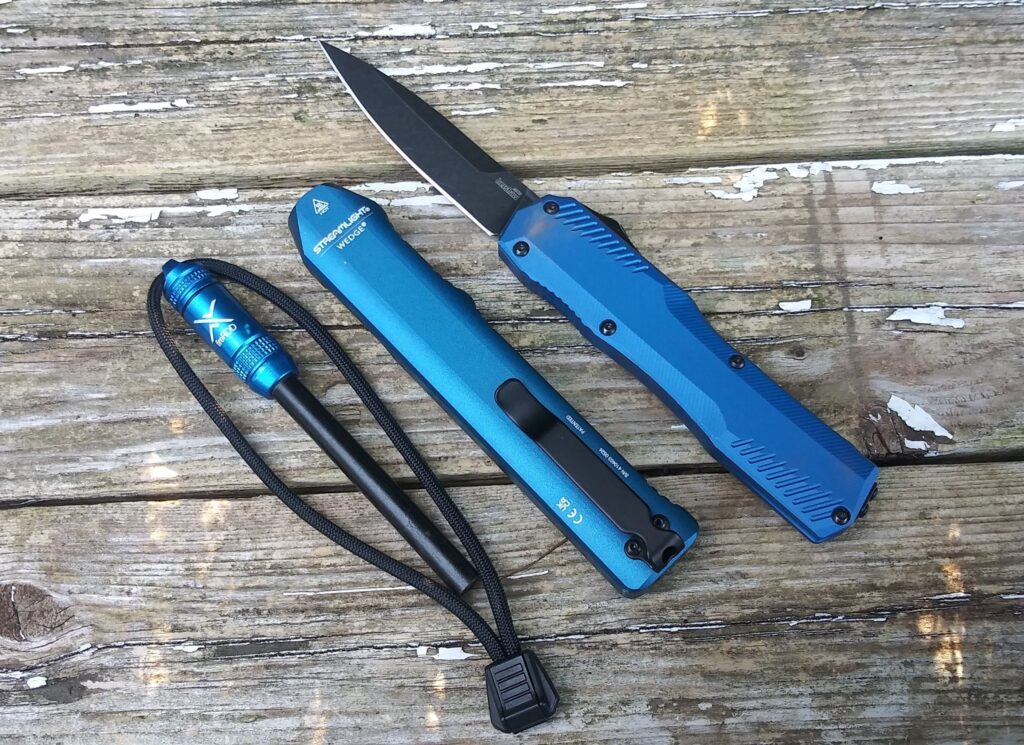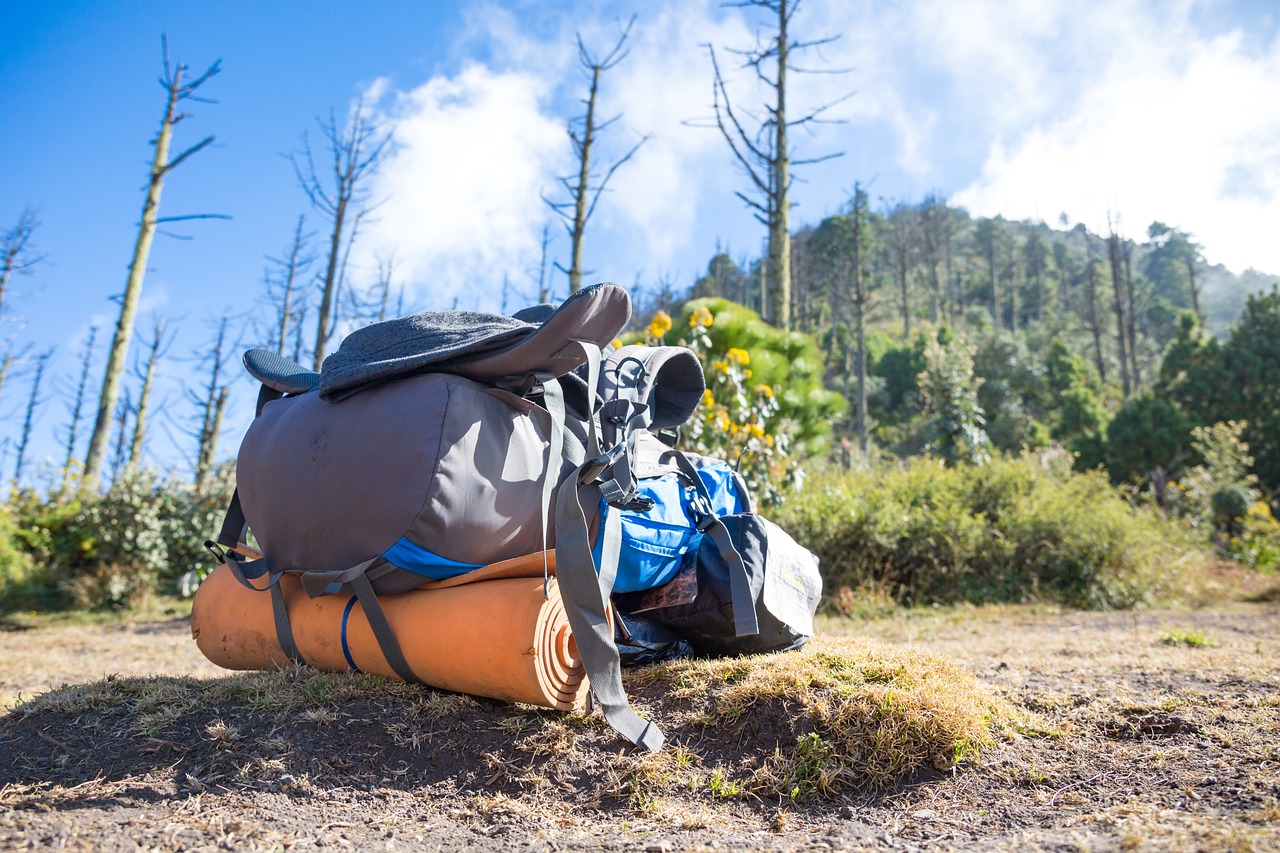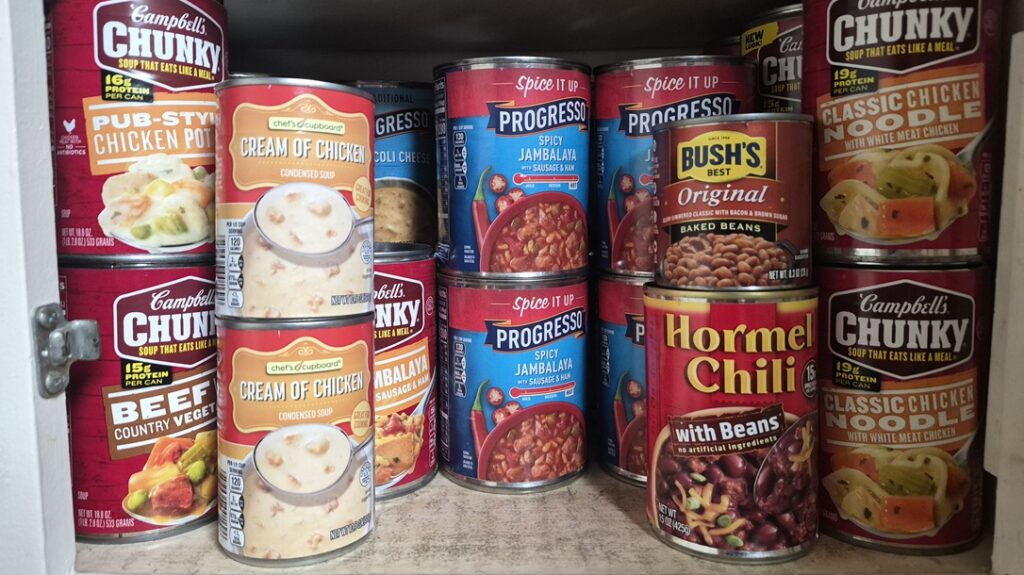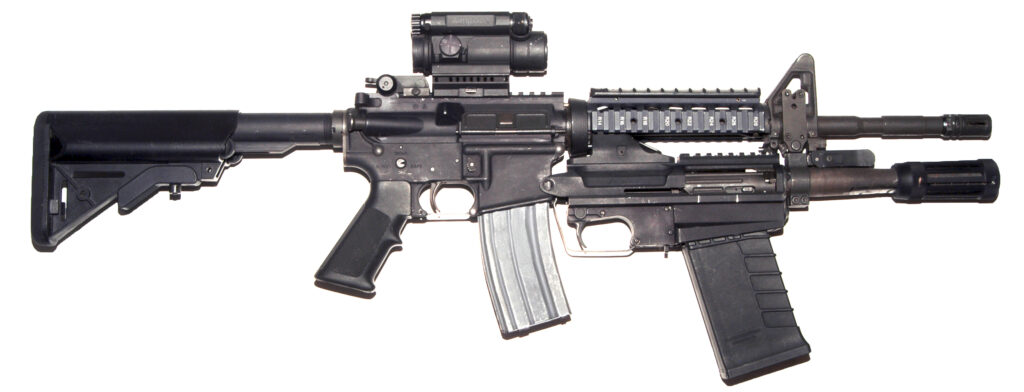Like anyone else, I can’t stand losing something. Spending time searching for a misplaced item means less time that’s available for fun. When it comes to outdoor adventures, it’s even more critical to keep track of your gear. If you’re three days down the trail, Amazon might find it hard to find you to deliver a replacement. There are a couple of easy-to-follow strategies that will help ensure that you don’t lose your gear. You want to return home with everything you had with you when you left.
Simple Steps to Ensure You Don’t Lose Your Gear
Pat Check
Uncle Bill was my dad’s best friend and my godfather. He loved to spend time out in the wilderness and he brought me along for some of his hikes. Through him, I learned a little about a lot of things, including tracking, foraging, and shelter building.
He also taught me the importance of checking pockets on a regular basis so you don’t lose your gear. After every break during our hike, we’d each do a quick pat check. Every pocket was touched to ensure what was supposed to be there was still present. If we were carrying a fixed blade on our belt, we made sure it was still safely sheathed. All exterior pack pockets were looked over, too.
Advertisement — Continue Reading Below
This quick inspection ensured that we didn’t leave anything behind. And if something was found to be missing, it narrowed the search area. It’s such a simple thing, and it’s easy to develop the habit. On rare occasion, I have found that a lighter or something had fallen from a pocket. It only took a minute of hunting to find it again.
This strategy isn’t just for hiking and camping, either. One time, my wallet had fallen out of my pants pocket in a rest area stall during a road trip. Patting my pockets on my way out, I realized it was missing. Thankfully, I found it right away, rather than getting umpteen miles down the road and needing to backtrack.
Eye-Catching Colors
The most common colors for knives, pocket flashlights, and such are black, green, or coyote tan, right? While those are great if you’re looking for a “tactical” appearance, the reality is that those same colors add difficulty if you’re searching for something you set down or accidentally dropped.
Advertisement — Continue Reading Below
Last year, my sons and I were toying around with a set of throwing knives in the backyard. They were the Onion Throwing Knives from CRKT. They’re black with a red paint spatter pattern. One of the throws went a little wild and missed the target. I’m not going to say who threw it, other than it wasn’t me. It took us two days and a borrowed metal detector to finally find it. It was nearly invisible against the ground, mostly hidden in the dirt and weeds.
The most common standout color is blaze orange. That’s what we find on hunting gear and such, right? While it works okay in that role, a better color for gear might be a brilliant blue. No matter what time of year it is, there’s pretty much nothing that color found in nature. A knife with a blaze orange handle could all but disappear among fall foliage on the ground. A blue handle, not so much.

Advertisement — Continue Reading Below
If your chosen bits of equipment aren’t available in a bright color, you could always add a lanyard. Make one yourself from paracord or pick one up at a store. Add something that will help get your attention when it mysteriously walks away like every 10mm socket you’ve ever owned.
We spend a lot of money on our equipment. It makes sense to do what we can to make sure we don’t lose our gear so that it’s there when we need it.
Advertisement — Continue Reading Below















